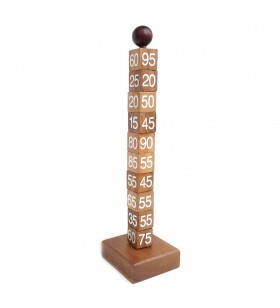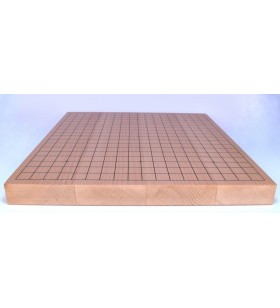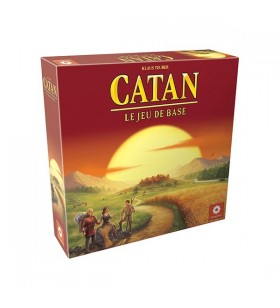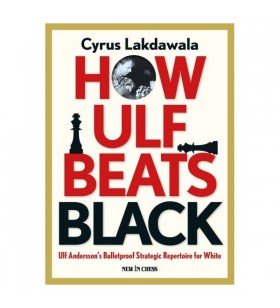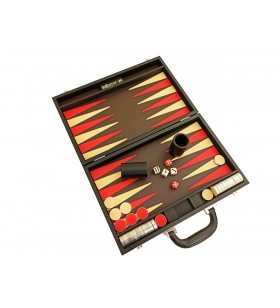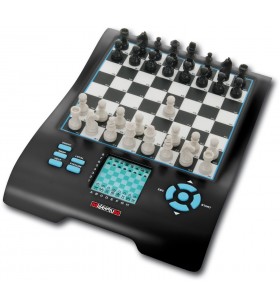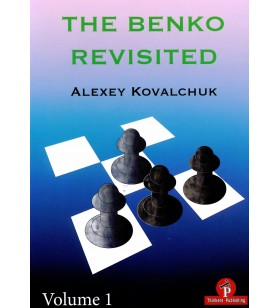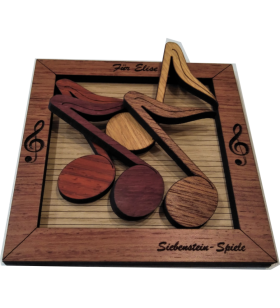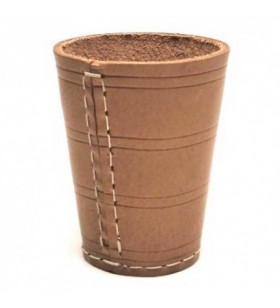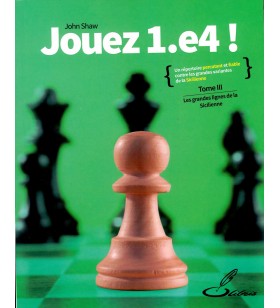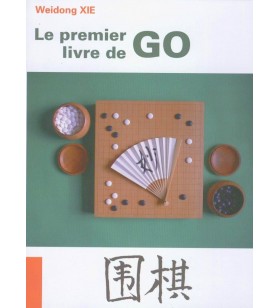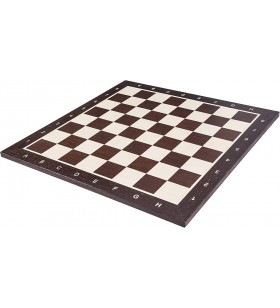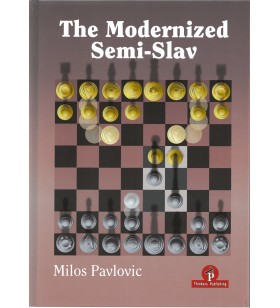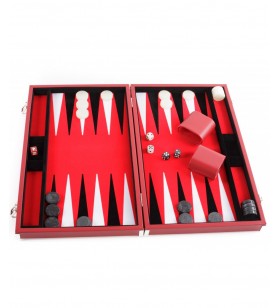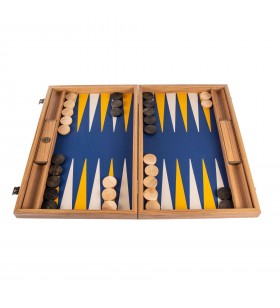- CHESS
- Chess boards and pieces
- Chess books
- Chess books in English and others
- Opening books
- The Ruy Lopez
- Other open games
- Other semi-open games
- The Sicilian
- French Defence
- Pirc & Modern Defence
- Caro-Kann
- Queen´s Gambit
- Slav Defence & Semi-Slav
- Other closed games
- Other semi-closed games
- King´s Indian Defence
- Nimzo & Queen´s Indian
- Grünfeld
- English Opening
- Dutch Defence
- Miscellaneous openings
- General and repertoire books
- Endgame books
- Books on grandmasters
- Books on tournaments
- Books in Dutch
- Miscellaneous
- Chess magazines
- General and middle game books
- Opening books
- Chess books in French language
- Chess books in English and others
- Chess software and DVDs
- Chess computers
- Equipment for clubs
- BOARD & BRAIN GAMES
- GO
- BRIDGE & CARDS & TAROT
- POKER & CASINO GAMES
- PUZZLES & BRAIN TEASERS
- DARTS
Puzzle 1000 pièces : Le Jardin des Délices - Jérôme Bosch
 Livraison sous 48 heures via Bpost*
Livraison sous 48 heures via Bpost*
Livraison gratuite à partir de €69 (Belgique, France, Pays-Bas, Luxembourg, Allemagne)
 You can cancel your order
You can cancel your order
For fourteen days!
 Secure payments
Secure payments
All payment cards accepted.
16 other product
Les Colons de Catane edition 2010
Il y a déjà plusieurs semaines que vous avez quitté la terre ferme. Vous êtes à la tête d'une expédition ayant pour mission de coloniser l'île de Catane. Les ouvrages des Explorateurs décrivent cette île comme un paradis où abondent toutes les richesses nécessaires pour y construire de prospères cités.
Suite à un long et pénible périple votre navire atteint enfin les côtes de l'île. Mais soudain, vous constatez de votre longue-vue que vous n'êtes pas seul ! D'autres navires autour de l'île débarquent des hordes de colons.
Les premières colonies fondées croissent rapidement. L'espace devient de plus en plus rare et les échanges commerciaux de plus en plus nécessaires. Vous devrez donc utiliser à profit vos talents de négociateur ! Une grande aventure vous attend.
Deviendrez-vous le premier souverain de Catane?
Backgammon Cuir Noir/Rouge
Ce backgammon italien en cuir ravira les amateurs de beaux jeux.
Finition soignée et matériaux de qualité supérieures.
Couleurs noir/orange
Dimension fermée 37 x 24 x 5 cm
Weidong Xie - Le premier livre de go 2° Edition revue et augmentée
Seconde édition de cet excellent livre d'initiation au jeu de go, riche en exemples et en exercices. Les débutants pourront intégrer en douceur les principes et techniques du jeu et les autres joueurs pourront revoir et préciser leurs connaissances. Weidong Xie figure parmi les meilleurs joueurs de l'hexagone (5e Dan), il est aussi l'un des pédagogues les plus estimés, entraîneur du club de go de Paris et membre de la fédération française de go.
Pavlovic - The modernized Semi-Slav (Hardcover)
The Semi-Slav Defense transcends its classification as a mere defensive response to 1.d4. It embodies a dynamic and multifaceted system that offers Black not only solidity in defense but also active counterplay and strategic flexibility. Here’s why the Semi-Slav is more than just a defense:
Rather than passively defending, the Semi-Slav allows Black to counterattack in the center and on the flanks. Moves like …e6-e5 and …c6-c5 often lead to sharp, tactical positions where Black can seize the initiative.
By delaying the development of the knight to f6, Black achieves a solid pawn structure with pawns on d5, e6, and c6. This structure provides a firm foundation for Black’s pieces and restricts White’s options for pawn breaks.
The Semi-Slav leads to strategically rich positions with multiple pawn breaks and piece maneuvers. Both sides must navigate intricate plans, making it a fertile ground for creative play and deep strategic understanding. Within the Semi-Slav, there are numerous variations and sub-variations, each with its own unique characteristics and strategic ideas. Players can tailor their repertoire to suit their style and preferences, whether they prefer solid, positional play or aggressive, tactical battles.
The Semi-Slav has been embraced by many top-level players, including World Champions like Vladimir Kramnik and Viswanathan Anand. Their success with the opening at the highest levels of competition demonstrates its effectiveness and versatility.
In essence, the Semi-Slav Defense transcends its classification as a defensive system by offering Black a rich tapestry of strategic possibilities and dynamic play. It is a complete repertoire choice that can suit a wide range of playing styles and preferences. 173 p.

 Français
Français Nederlands
Nederlands English
English

